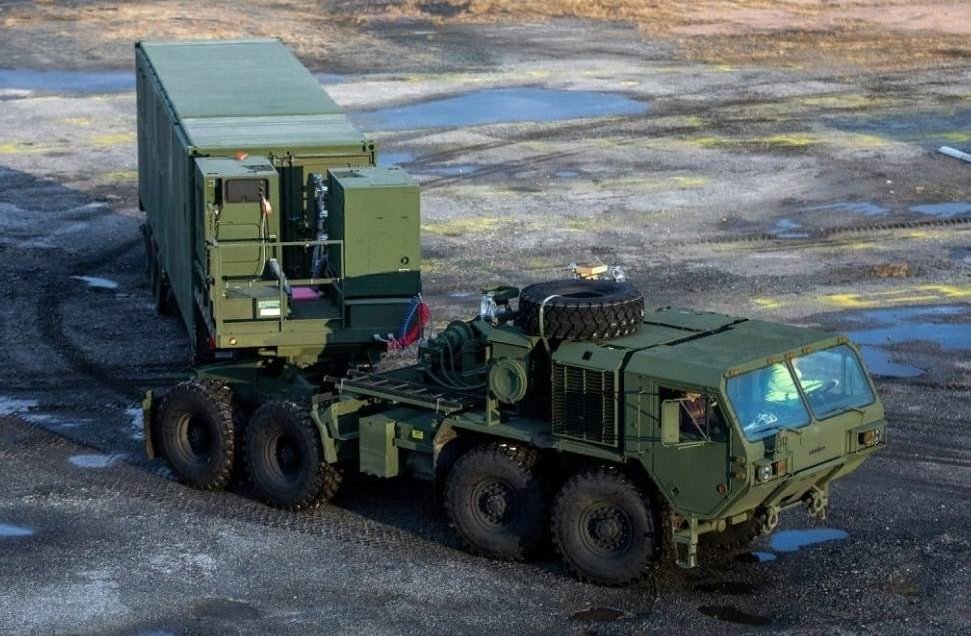The Philippines has announced plans to acquire the U.S. Typhon missile system as part of its strategy to enhance its maritime security, particularly in areas overlapping with China’s claims in the South China Sea. This decision has sparked significant international attention and reactions, notably from China, which has warned of a potential “arms race” in the region.
The Typhon missile system, also known as the Mid-Range Capability (MRC) system, was initially deployed by the U.S. Army in the northern Philippines for joint military exercises earlier in the year. Despite Beijing’s criticism that such deployment could destabilize the region, the system has remained in the Philippines beyond the exercise period, being used for training by Philippine forces. The Philippine Army chief, Lieutenant-General Roy Galido, emphasized the system’s feasibility and functionality in the nation’s archipelagic defense concept.
China has expressed concerns over this development, with Foreign Ministry spokespeople and defense officials condemning the move as provocative and destabilizing to regional security. The system’s capability to project force up to 370 kilometers (200 nautical miles) aligns with the Philippines’ maritime entitlements under international law, aiming to protect its naval and coast guard assets.
The acquisition process, however, is expected to take several years, as noted by military officials. Past acquisitions, like the BrahMos cruise missile, took up to five years from planning to delivery. The Philippine military has not yet budgeted for the Typhon in 2025, indicating a longer-term commitment to this acquisition.
This move by the Philippines is part of a broader trend of bolstering defense capabilities, responding to regional tensions, especially in the South China Sea, where multiple nations have overlapping claims. The deployment and potential acquisition of the Typhon system reflect a deepening of defense cooperation between Manila and Washington, allies under a mutual defense treaty, amidst an increasingly assertive China in the region.


